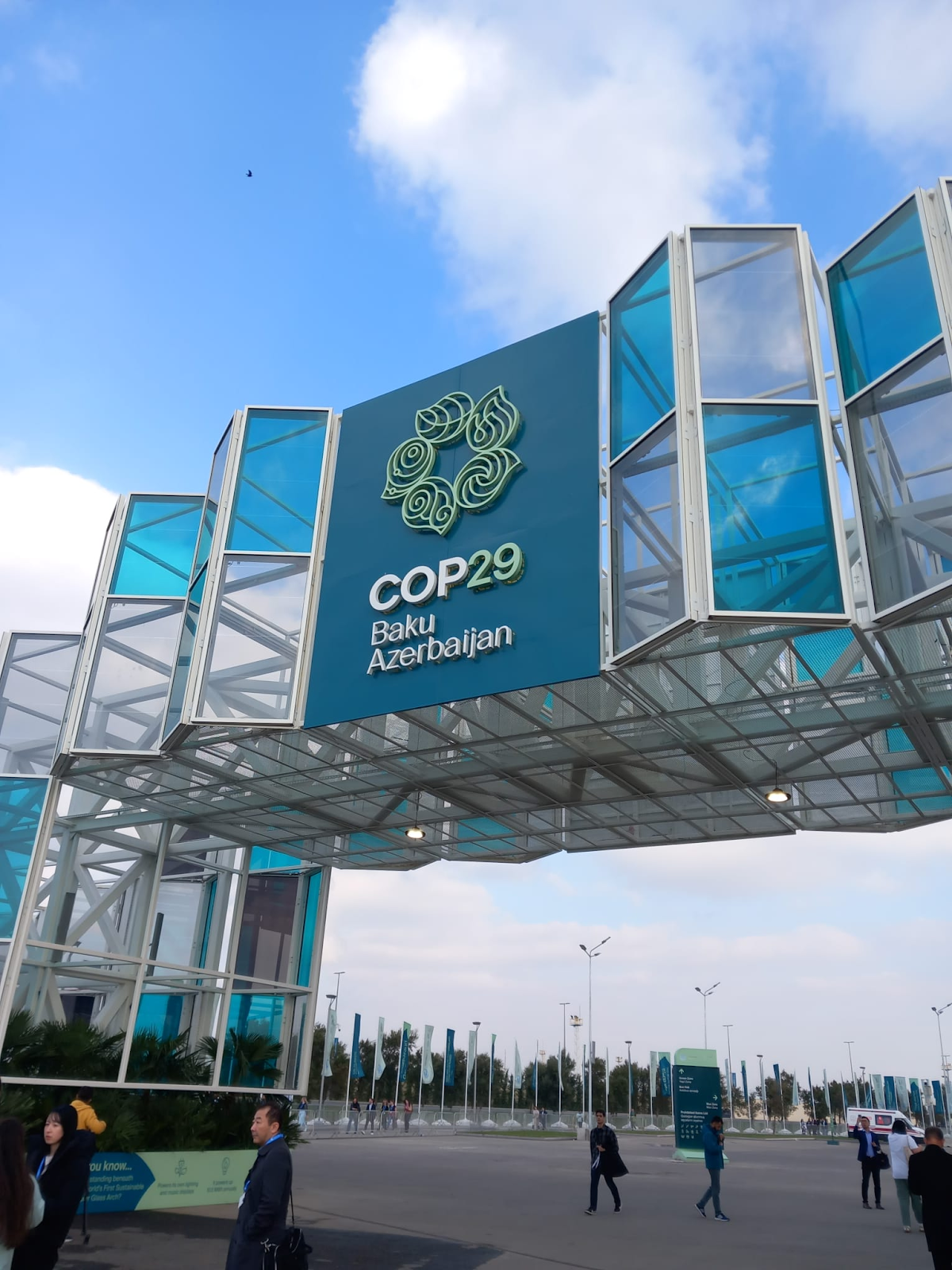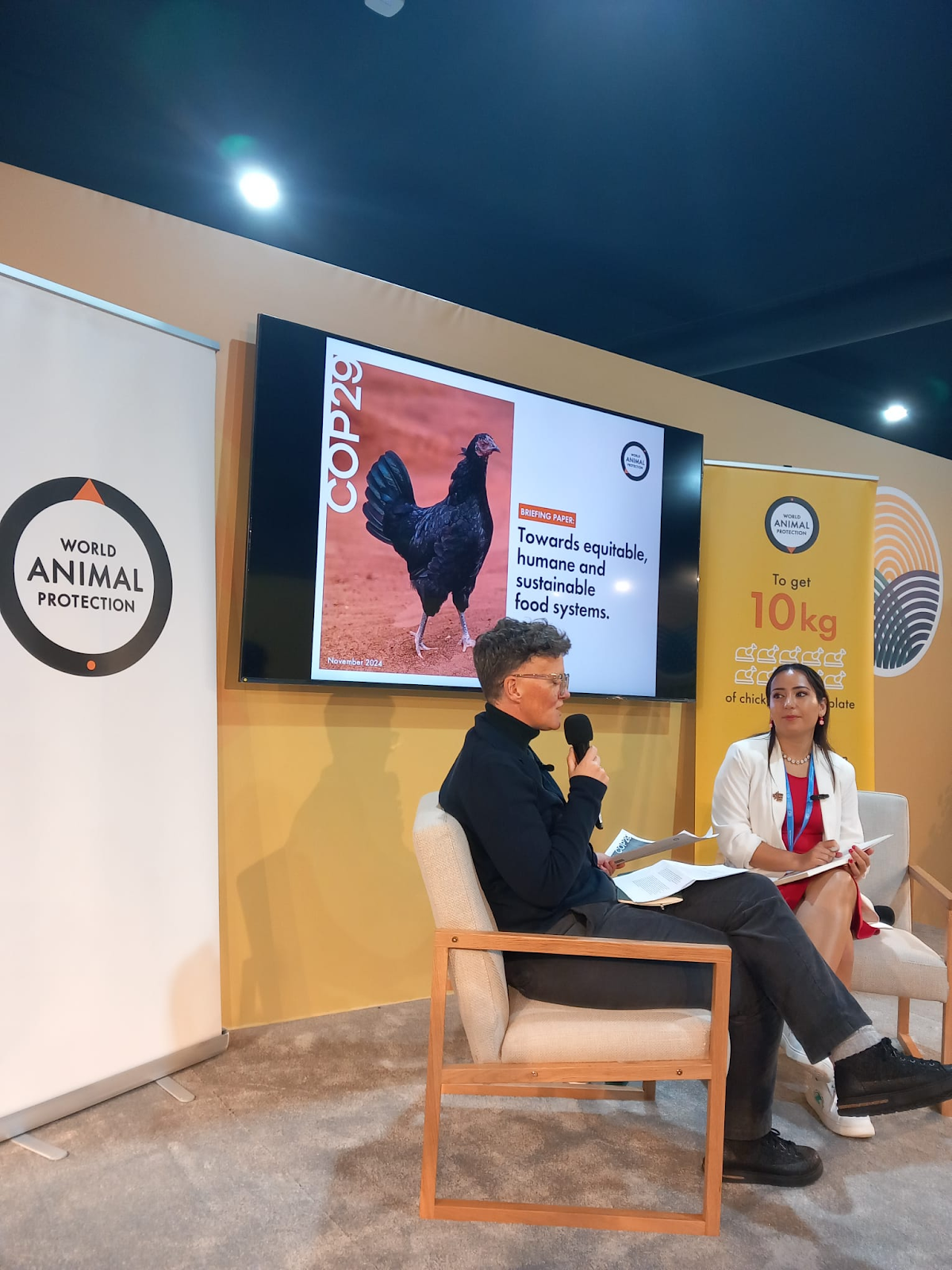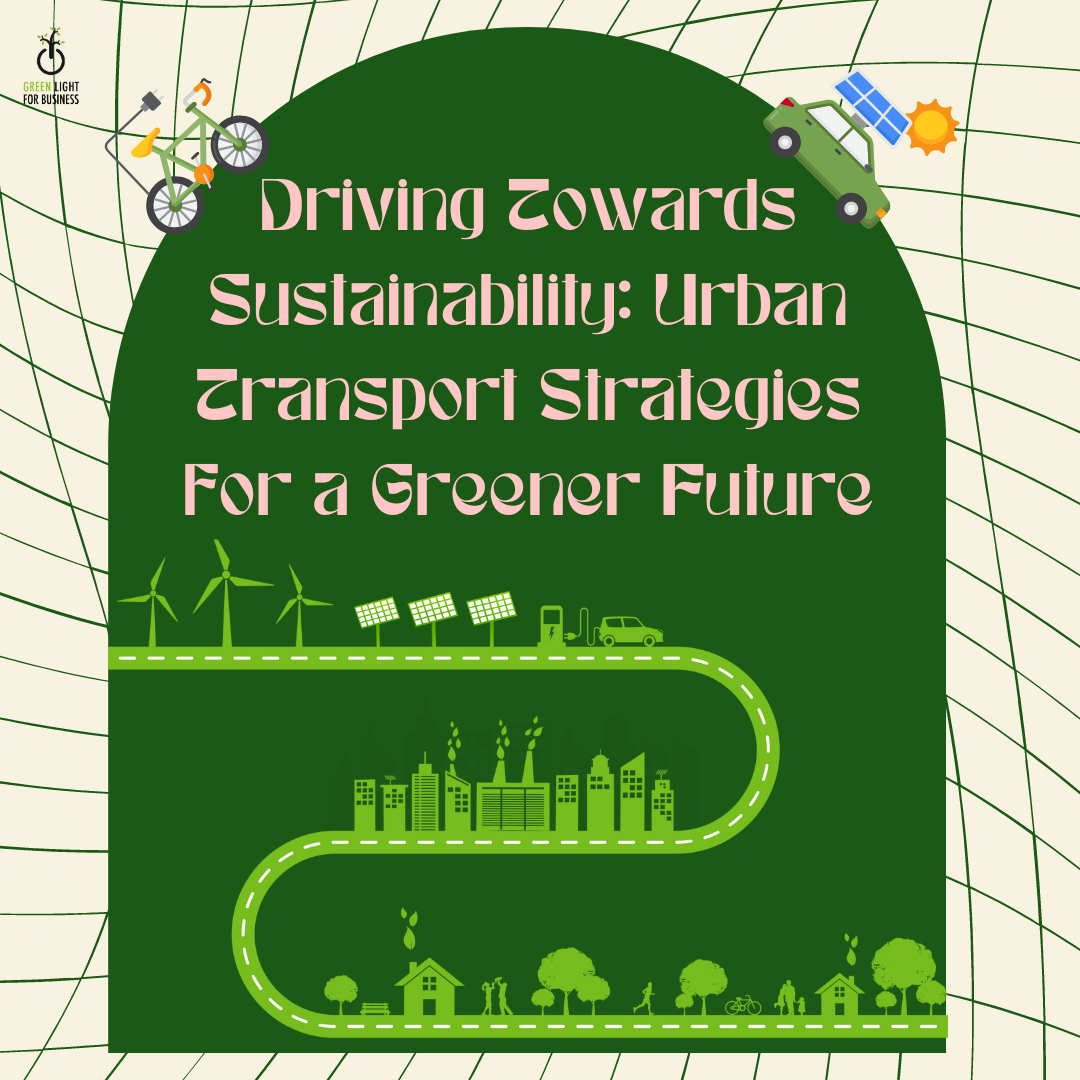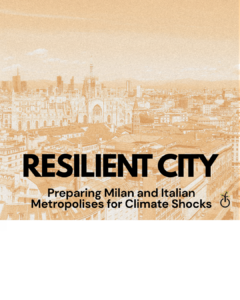Introduction to COP29
The Conference of the Parties (COP) is a global summit dedicated to tackling climate change, organized annually by the United Nations Framework Convention on Climate Change (UNFCCC). Since COP1 in 1995, each meeting has brought world leaders, policymakers, scientists, businesses, and NGOs together to develop strategies in order to fight against global warming and help societies adapt to climate change. COP29 is particularly important, as it comes at a time of rising urgency. Indeed, extreme weather events and rising temperatures are placing increasing pressure on countries to take bold climate action.
This year, the conference is held in Baku, Azerbaijan from 11 to 22 November. This location, even though controversial because of its link with the oil industry, underscores the importance of the main themes of COP29, which include adaptation, finance, and equitable solutions to the climate crisis. As each COP builds upon previous ones, COP29 will look to reinforce the commitments made under the Paris Agreement and the Glasgow Climate Pact, aiming for a more concrete pathway to limit global warming to 1.5°C.
At COP29, discussions will reflect the need for nations to update their climate pledges, known as Nationally Determined Contributions (NDCs), to meet more ambitious targets. These updates are crucial for aligning international goals with the scientific consensus. Indeed, quick and extensive reductions in emissions are needed to avoid severe impacts on ecosystems, economies, and communities. COP29 is also anticipated to highlight sustainable development, aiming to show that economic growth and climate action can go hand in hand. By establishing clearer frameworks, this COP seeks to enhance cooperation between developed and developing countries, ensuring that all nations have the resources needed to pursue low-carbon growth. The significance of COP29, therefore, lies not just in setting goals but in creating practical strategies for immediate action.

What’s at Stake at COP29?
At COP29, the stakes are high as nations address critical climate issues that impact both current and future generations. One of the primary concerns is mitigation, which involves reducing greenhouse gas emissions to slow the rate of global warming. COP29 is likely to push for stronger mitigation targets, focusing on countries’ obligations to cut emissions rapidly to keep global temperature rise within the 1.5°C threshold. This is not only a target but an urgent need, as surpassing this limit could result in severe and potentially irreversible impacts on natural systems, agriculture, and human health.
The concept of a “carbon budget” will be central to these discussions. The carbon budget represents the maximum amount of carbon dioxide emissions that can be released into the atmosphere before we exceed the 1.5°C warming threshold. According to the Intergovernmental Panel on Climate Change (IPCC), at current emissions rates, this budget could be spent in less than a decade, underscoring the urgency for immediate and substantial cuts in emissions. COP29 will likely address how nations can work within this remaining carbon budget by setting short-term goals that align with this scientific boundary, pushing for policies that support rapid reductions in carbon emissions across all sectors.
Climate finance will also be a central topic, especially because of the responsibility of wealthier nations to support developing countries financially. These funds are essential for enabling vulnerable nations to adapt to climate impacts, build resilient infrastructure, and transition to renewable energy. The 2009 Copenhagen Accord set a goal for developed nations to provide $100 billion annually in climate finance by 2020 – a goal that has yet to be fully met. COP29 aims to renew commitments and potentially increase this funding to match the escalating costs of climate adaptation and mitigation.
Adaptation and resilience are critical topics as well. As climate impacts worsen, countries are forced to invest in ways to protect communities and economies from floods, droughts, and other disasters. COP29 discussions will likely focus on the need for adaptation measures, especially for those nations and communities most vulnerable to climate risks. Finally, the issue of “loss and damage” has gained importance in recent COPs. This concept involves providing compensation to countries that suffer irreversible losses due to climate change, such as disappearing coastlines or damaged ecosystems. For many island nations and countries in the Global South, loss and damage is a critical issue of climate justice, and COP29 is expected to address how to operationalize this support.
COP29 and the Role of Business in Climate Action
Businesses play a crucial role in the fight against climate change, and decisions made at COP29 will impact the private sector on multiple fronts. First, COP decisions often translate into national policies and regulations that businesses must comply with. This can mean new rules on emissions reductions, energy usage, and reporting requirements, which can affect companies’ operations and supply chains. For example, the Paris Agreement led many nations to implement carbon pricing and emissions trading systems, pushing companies to innovate and reduce their carbon footprints.
Beyond compliance, COP29 is expected to encourage businesses to take voluntary action on climate, often through decarbonization targets and sustainable practices. Companies worldwide are increasingly setting “science-based targets” to reduce emissions in line with the 1.5°C goal, aligning their strategies with global climate goals. This shift reflects a growing recognition that sustainable practices are not only good for the environment, but can also be beneficial for business, boosting reputation, attracting investment, and meeting consumer demands for greener products.
COPs have historically influenced business practices through high-level agreements and initiatives. For example, the Paris Agreement of 2015 marked a turning point, with thousands of companies pledging to reduce emissions and transition to renewable energy. COP26 in Glasgow saw a continuation of this trend, with financial institutions committing to align investments with net-zero emissions by 2050. At COP29, we can expect similar momentum, as businesses face both regulatory pressure and societal expectations to contribute to climate action. With the rise of Environmental, Social, and Governance (ESG) criteria, companies are increasingly accountable for their environmental impact. COP29 will likely reinforce this trend, pushing corporations to go beyond mere compliance and integrate climate resilience into their core strategies.

The Influence of COP29 on Business School Graduates and Future Leaders
COP29’s emphasis on reducing carbon emissions and promoting renewable energy sources means that future business leaders must be adept at navigating complex regulatory environments and integrating sustainable practices into their business models. This shift will require a deep understanding of environmental science, as well as the ability to analyze and mitigate the environmental impact of business operations. Additionally, the growing importance of CSR means that leaders will need to be skilled in stakeholder engagement and transparent reporting.
Career paths in sustainability consulting will involve advising companies on how to reduce their environmental footprint and comply with new regulations. In corporate social responsibility, professionals will work to ensure that companies operate ethically and contribute positively to society. Green finance will see leaders developing and managing investments in sustainable projects, such as renewable energy initiatives and green infrastructure.
To prepare for these roles, students and young professionals should seek out interdisciplinary education that combines business acumen with environmental science and policy. Participating in sustainability-focused projects, attending relevant conferences, and obtaining certifications in areas like environmental management systems (EMS) or greenhouse gas (GHG) accounting can also be beneficial. By staying informed about the latest developments in sustainability and actively seeking opportunities to apply their knowledge, future leaders can make a meaningful impact in their careers and contribute to a more sustainable world.
Engaging with COP29 – A Student Perspective
We spoke with Harriet Klepper, a Bocconi student and member of our student association Green Lights for Business. She is attending COP29 as part of the ProVeg delegation. ProVeg, a food awareness NGO, advocates for plant-based diets as a key solution to reducing animal agriculture’s environmental impact, a sector linked to 11 and 20% of global greenhouse gas emissions. Harriet shared her perspective on COP29, where she is working to raise awareness of the environmental and health benefits of plant-based diets while respecting cultural differences in food practices and promoting a transition to sustainable food systems.
Harriet highlighted the significance of COP’s “constituencies”, which represent different interest groups, such as farmers, environmental advocates, businesses, and youth, the latter organized as YOUNGO. These groups ensure that civil society has a voice in climate negotiations alongside national delegations. Harriet is especially focused on following COP29’s critical agenda on climate finance, the new collective quantified goal, Nationally Determined Contributions (NDCs), and the push to phase out fossil fuels, a commitment made at COP28.
On-site, Harriet is actively involved in running the Action Food Hub, a collaboration between ProVeg and other organizations. hosting events that promote sustainable food practices. This includes organizing side events, meeting with stakeholders, and building networks to amplify the environmental impact of plant-based initiatives. Through her work, Harriet hopes to help position plant-based diets at the forefront of climate solutions.

Conclusion: Charting a Sustainable Future Beyond COP29
As COP29 draws to a close, the urgent need for collective action to combat climate change has never been clearer. This conference highlights not only the scale of challenges before us but also the wealth of opportunities for innovation, collaboration, and resilience. COP29 reaffirms the significance of the 1.5°C target and underscores the global commitment to limit warming through actionable, ambitious measures. From governments to businesses, the call is to turn commitments into concrete steps – whether through updated NDCs, robust financing for vulnerable nations, or immediate emissions reductions.
For the private sector, COP29 serves as a pivotal moment, driving a deeper alignment between climate action and business strategy. Companies that adapt to emerging policies and integrate sustainability into their operations are likely to lead in a green economy, attracting both investment and consumer trust. Business schools and emerging leaders must prepare for this transformation, equipping themselves with the skills needed to navigate and drive sustainable growth in a rapidly evolving regulatory landscape.
Finally, COP29 showcases the power of a diverse and inclusive approach, where voices like Harriet Klepper remind us of the critical role civil society plays in shaping climate policy. The importance of constituencies – representing youth, indigenous groups, and NGOs – underscores the need for climate solutions that are equitable, culturally sensitive, and inclusive of all perspectives.
As we look beyond COP29, the path forward will be shaped by those who choose to act boldly and urgently. In the face of rising climate risks, every sector, industry, and individual has a role to play in creating a resilient, sustainable future. This COP serves as a catalyst for a transformative era in climate action, reminding us that, together, we can forge solutions that honor the planet and future generations.
Written by Bianca Catricalà and Benjamine Daniau-Fricotteau
With the collaboration of Harriet Klepper
Photos by Harriet Klepper




